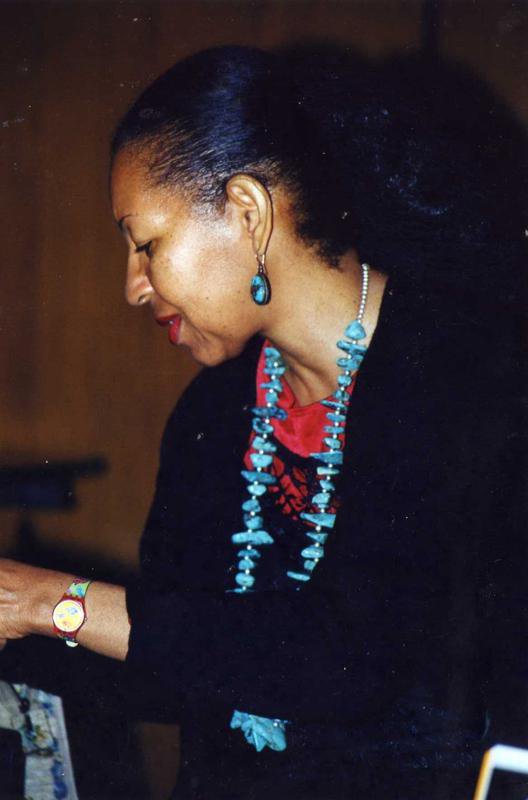Navigating the Changing Landscape of the American Dream in 2025

As the sun rose over New York City, the bustling streets once again filled with hopeful dreamers and ambitious professionals, all chasing the elusive American Dream. This narrative of aspiration is not just a relic of the past but is being redefined in the context of contemporary challenges. In a recent visit to New York, the changing dynamics of this iconic city became evident, reflecting broader societal shifts.
In June 2025, Paul Fitzpatrick, a journalist from Cavan, Ireland, embarked on a week-long journey to the Big Apple after a decade away. His experiences, as detailed in his travelogue, illuminate both the allure and the challenges of living in New York City today. “The place has changed, everyone said – and they were right,” he remarked, noting the rising cost of living and the evident signs of urban decay.
Fitzpatrick's observations underscore a critical point: New York, while still a beacon of hope, is not immune to the economic pressures that have gripped many urban centers across the United States. According to the U.S. Bureau of Labor Statistics, inflation has significantly affected the cost of basic goods and services in metropolitan areas, exacerbating the economic divide among residents (U.S. Bureau of Labor Statistics, 2025).
As Fitzpatrick recounts, the perception of New York as an expensive city persists, with locals indicating that while the cost of food and drink may not be drastically higher than in cities like Dublin, many still find it burdensome. “Things are frayed around the edges,” he observed, citing the pervasive smell of cannabis—now legal since his last visit—and increasing litter in the streets.
The allure of New York remains strong, particularly for young Irish expatriates seeking opportunities. Fitzpatrick met a barman from Dublin who had moved to New York for a holiday and ended up staying due to the relatively affordable living conditions compared to Dublin. “It's cheaper for me to live out here,” he stated, reflecting a sentiment shared by many young professionals navigating the post-pandemic job market. This narrative echoes the findings of a recent study by the Pew Research Center, which revealed that urban migration patterns have shifted, with many young adults relocating to cities offering better job prospects and lower living costs (Pew Research Center, 2025).
The decline of New York's vibrancy post-COVID-19 has been a common theme in discussions among locals. Fitzpatrick's conversations revealed a deep-seated concern about the city's future. “The city has declined post-COVID, which seems to be a common theme everywhere,” he noted, mirroring sentiments expressed by urban sociologists studying the long-term effects of the pandemic on city life. Dr. Lisa Thompson, an urban studies expert at Columbia University, stated, “Cities like New York are facing unprecedented challenges as they strive to recover from the pandemic's economic fallout while addressing growing inequalities among residents” (Thompson, 2025).
While exploring the city, Fitzpatrick sought out handball courts, discovering a community of passionate players in Chinatown. The intensity of the games, often characterized by cash betting from local shopkeepers, illustrated the enduring spirit of competition and camaraderie that persists in the city. This anecdote serves as a metaphor for the broader American experience—an ongoing struggle to keep pace with the relentless demands of urban life.
Fitzpatrick's journey led him to the poignant 9/11 Memorial, where he reflected on the personal stories intertwined with the city's history. He shared memories of Hughie Smith, a survivor of the tragic events, emphasizing the personal connections that shape the collective narrative of resilience in New York. The memorial stands as a testament to the city's ability to recover and rebuild, a sentiment echoed by many who view the American Dream as a continual work in progress.
The visit also coincided with the NBA playoffs, where Fitzpatrick observed the excitement and camaraderie that sports bring to the city. However, even amidst the thrill, he noted a shift in local political discourse, with a resident expressing disillusionment with both major political parties. “People are too entrenched,” he remarked, highlighting a growing divide in political sentiment that reflects nationwide trends observed by political analysts.
In conclusion, the American Dream in 2025 is not merely about individual success but is intricately linked to the broader socio-economic landscape. As cities like New York grapple with the aftermath of the pandemic and shifting demographics, the definition of the American Dream continues to evolve. Fitzpatrick's narrative serves as a microcosm of the larger story, illustrating the challenges and aspirations of a new generation navigating the complexities of urban life. The journey forward will require not only resilience but also a collective effort to address the disparities that threaten the very fabric of the American Dream itself.
Advertisement
Tags
Advertisement





